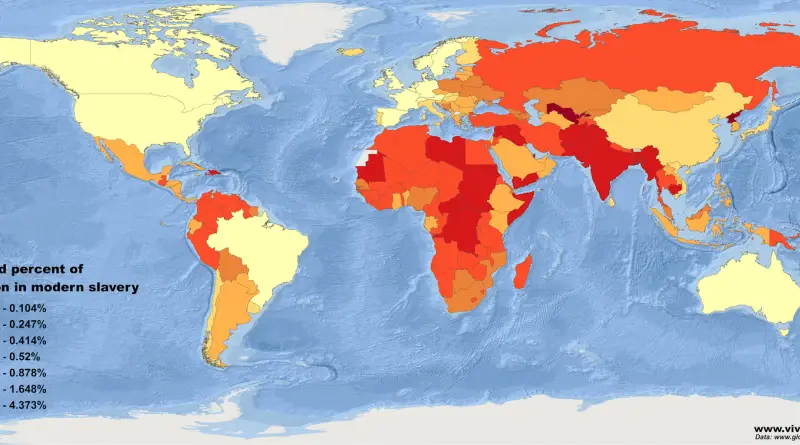How Canada Got Its Shape: A Look at the Changing Borders of a Country
How did Canada get its shape? This post traces the country’s changing borders from 1867 to today, with a data-based animated map showing how provinces and territories came to be.
Read More
